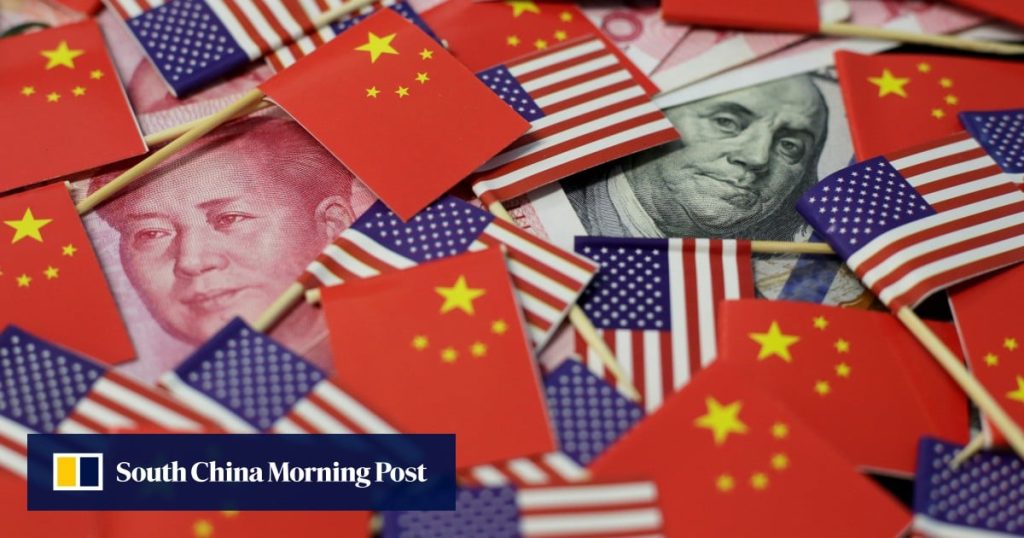The offshore yuan strengthened and broke past the 7.2 level against the US dollar for the first time since November, signalling an optimistic shift in market sentiment as hopes of a trade war thaw and fresh demand grows for Chinese assets.
The recent renminbi gain was largely driven by expectations that the US and China will soon begin negotiating, said Xu Tianchen, senior China economist at the Economist Intelligence Unit, adding that a working-level engagement may have already started, or was about to start.
“We can reasonably expect the two countries to dial down some of their tariffs against each other, as they are egregious and unsustainable,” he said. “But any negotiations will be quite lengthy and full of uncertainties, bringing volatility to the exchange rate in the process.”
Xu added that, despite some rekindled interest in Chinese assets, global investors are far from “overweighting” them, and they need to see tangible signs that China is capable of comfortably fending off Washington’s challenges before they increase their bets.
In an interview that aired on Sunday on NBC’s Meet the Press, US President Donald Trump said he was “going to lower [the tariffs against China] at some point, because otherwise, you could never do business with them”, adding that “they want to do business very much”.
The yuan was under depreciation pressure in the first weeks of April as the world’s second-largest economy grappled with the trade war. The onshore yuan once hit a 17-year low by weakening past 7.35 against the US dollar, while the offshore yuan plunged to a record low of 7.4290.


